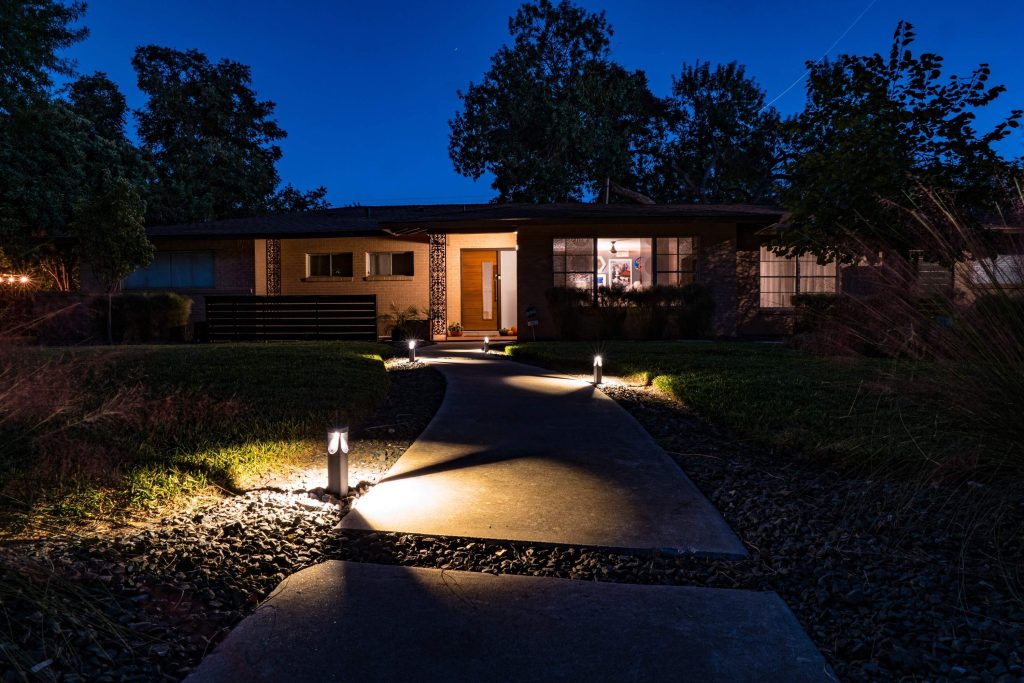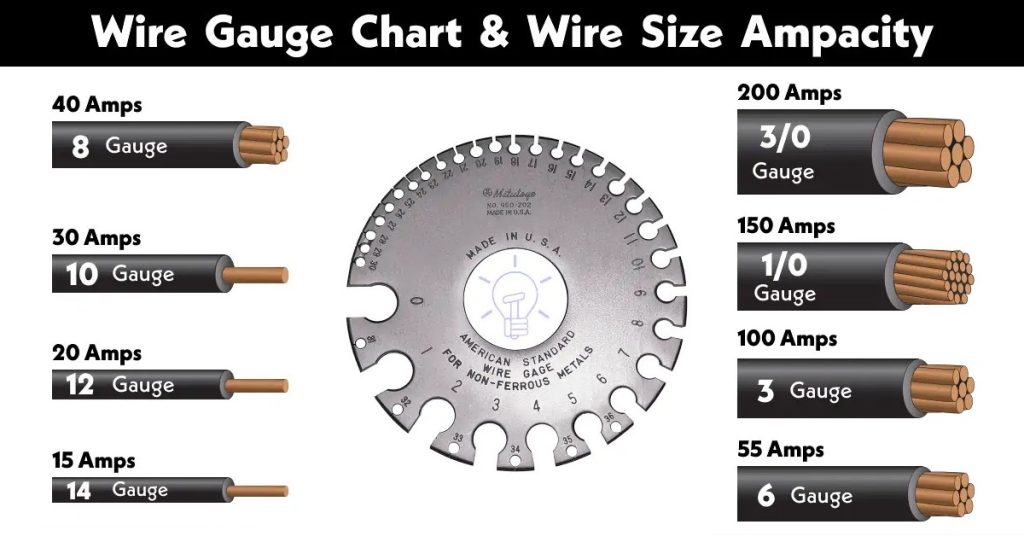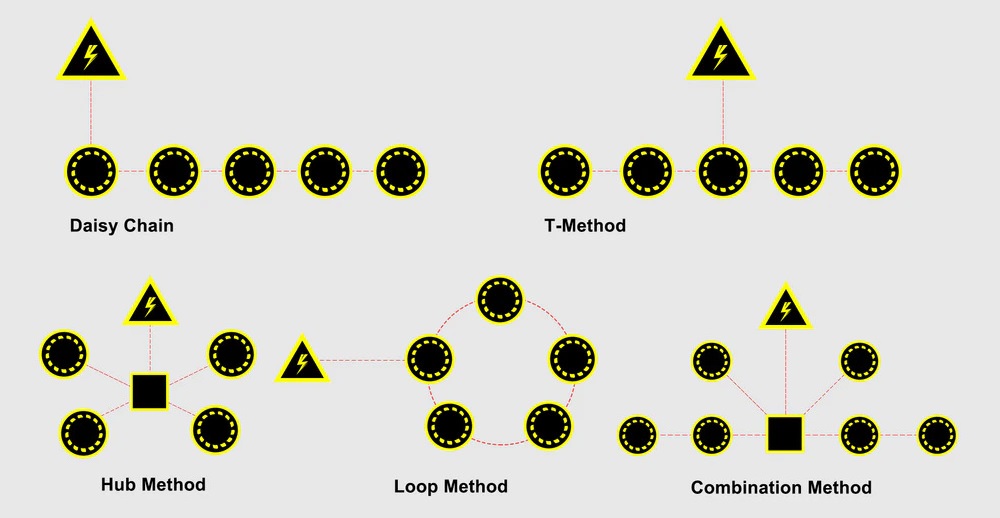Maximizing Range: Using 12V Landscape Lighting Effectively
Shedding Light on 12V Landscape Lighting
The world of landscape lighting, while rewarding, can often seem labyrinthine to the uninitiated. One of the key aspects that homeowners need to understand when it comes to lighting their outdoor spaces is the concept of 12-volt landscape lighting.
Essentially, a 12V landscape lighting system operates at a lower voltage than conventional household electricity, which typically runs at around 120 volts in the United States. This lower voltage is achieved through the use of a transformer, which steps down the voltage from your home’s electrical system to a safer and more efficient level for outdoor use.
Characterized by its safety and efficiency, 12V landscape lighting has become increasingly popular for both professional landscapers and DIY enthusiasts. Its relatively low voltage makes it safe to work with and less harmful if any incidents occur, such as accidentally cutting through a cable while gardening. Moreover, because these systems use less power than traditional lighting installations, they can also be more energy-efficient.
The installation process for 12V landscape lighting often requires fewer materials and less labor compared to higher-voltage systems. The fixtures are typically smaller and lighter in weight – making them easier to handle – and they do not require deep trenching for wire burial or conduit pipes for protection against weather elements.
The versatility of these low-voltage systems is another factor contributing to their growing popularity. Available in an array of designs like spotlights, floodlights, or path lights, homeowners can creatively highlight architectural features or landscaping details according to personal preferences. When properly understood and implemented correctly, a 12V landscape lighting system offers ample opportunities for customization along with improved safety features and enhanced energy efficiency.
Landscape Lighting: Highlighting Its Importance and Benefits
Landscape lighting is about more than just illuminating your outdoor space – it is about bringing beauty, functionality, and security to an area that otherwise might be lost once the sunset. Strategic placement of landscape lighting can accentuate garden features, create dramatic shadows, and provide a warm welcome to guests.
Additionally, it can help to prevent accidents along walkways or steps and deter potential intruders by increasing visibility around the property. Effective landscape lighting not only improves the usability of outdoor spaces but also contributes to a significant increase in property value.
According to the National Association of Home Builders (NAHB), exterior lighting consistently ranks among the top outdoor features desired by homeowners – a well-lit exterior is seen as both a hallmark of aesthetic appeal and a deterrent for potential burglars.

From an environmental perspective, sustainable landscape lighting methods such as 12V systems can contribute towards reducing our carbon footprint. When combined with LED technology – which uses significantly less energy than traditional halogen bulbs – these low-voltage systems become even more ecologically beneficial. Moreover, advancements in technology have made managing modern landscape lighting systems remarkably user-friendly.
Certain 12V setups now give homeowners the ability to control their lights remotely via smartphone apps, allowing them to adjust brightness levels or switch lights on and off from anywhere at any time. In essence, investing in landscape lighting not only enhances visual appeal but also increases safety levels while potentially decreasing overall energy consumption – a trifecta that should certainly not be overlooked when considering home improvements.
Understanding the Basics of 12V Landscape Lighting
A Journey into the Fundamentals: The 12V Standard
In order to fully comprehend how we can stretch the reach of our 12V landscape lighting, it’s essential to first grasp what that voltage denotes. Voltage, in its simplest definition, is the force that pushes electrical energy through a conduit or circuit. It is often compared to water pressure in a pipe.
The “12V” label on your landscape lighting implies that it operates on a force or pressure of 12 volts. This is significantly lower than what’s found in standard household circuits, which usually sit at around 120 volts in many parts of the world. This makes for safer handling and lower energy consumption.
One must not confuse voltage with wattage, however – the latter refers to power consumption rather than electrical pressure or force. For instance, you could have a super-high-powered LED spotlight consuming several watts of power but still only require a push of 12 volts to get it up and running.
It’s also worth noting that in low-voltage systems like ours, AC (alternating current) is used more commonly than DC (direct current). Unlike AC, which periodically switches directions within the circuit – often about fifty or sixty times per second – DC flows consistently in one direction.
Safety comes as an inherent advantage with low-voltage systems like these; even if there happens to be an unfortunate mishap – perhaps someone accidentally cuts into an energized wire while gardening – the resulting shock will be far less dangerous than what might occur with standard line-voltage systems.
The Voltage Source: Role of Transformers in Landscape Lighting
Transformers act as mediators between your household’s main electrical system and your landscape lights by reducing voltage from its original level (usually around 120V) down to a safer, more manageable 12V. The principle by which transformers conduct their essential task is known as electromagnetic induction.
In essence, the transformer comprises two coils (primary and secondary) with differing numbers of turns around a mutual iron core. When the alternating current from your main supply enters the primary coil, it creates an oscillating magnetic field around this core. This field then induces a voltage in the secondary coil that is directly proportional to its number of turns compared to the primary coil.
So, if your transformer is reducing 120V AC down to 12V DC for your lighting system – this simply means that there are ten times as many turns in the primary coil as in the secondary one. These specialized devices serve not only as a safety measure but also enhance efficiency by mitigating energy waste through heat dissipation – a common issue when dealing with higher voltages.
However, it’s worth noting that transformers don’t affect wattage – the power consumed by your lights – so you’ll still need to plan accordingly based on each fixture’s wattage rating. Selecting an appropriate transformer for your landscape lighting involves considering its maximum output (in watts), ensuring it can cope with all fixtures combined without overloading.
Moreover, since environmental conditions can be harsh outdoors, garden variety transformers must be robustly built and weatherproofed – an attribute typically signified by their IP (Ingress Protection) rating. The final noteworthy point regarding transformers lies in their placement – they mustn’t be situated too far from your first light fixture; otherwise, there may be an undue voltage drop leading to suboptimal brightness levels or even non-operation in some instances.
A Study in Wire Gauge: The Invisible Determinant
Wire gauge is integral to understanding the maximum distance of a 12V landscape lighting system. The term ‘gauge’ refers to the thickness of the wire used in electrical installations. Thicker wires, indicated by lower gauge numbers, can carry more current over longer distances than thinner ones. The impact of the wire gauge on distance cannot be overstated.
The most common gauges for low-voltage landscape lighting are 16 AWG, 14 AWG, and 12 AWG.
- 16 AWG wire is often used for low-power indoor and outdoor lighting installations, such as LED or low-voltage lighting fixtures;
- 14 AWG wire is often used for standard indoor and outdoor lighting installations;
- 12 AWG wire is often used for indoor and outdoor lighting fixtures that draw more power.

A 12-gauge wire can safely transmit power for around 100 feet at a load of 100 watts, while a lighter 16-gauge wire would only manage about half that distance under the same load. This is because thicker wires reduce electrical resistance and limit voltage drop across long runs.
It’s essential to consider both your lighting layout and load requirements when choosing a wire gauge for your installation. A carefully considered balance between these elements will ensure optimal performance from your lights while preventing potential issues such as overheating or dimming lights.
Wattage: Power Consumption’s Role in Landscape Lighting
Total wattage is another critical factor influencing how far you can run your landscape lighting system. Wattage refers to the power consumed by an electrical device – in this case, your lights – when operational. The total wattage of your system impacts its maximum run length significantly – the higher it is, the shorter the distance you can run your lights on a single circuit without risking voltage drop and resultant dimness or flickering in your lights.
For instance, if you’re using five light fixtures each with 20-watt bulbs, their combined wattage is 100 watts – this total should be factored into your calculations when planning how far you can run your lights and which wire gauge would be most appropriate for such an arrangement.
Bright Beginnings: Factoring in Light Fixture Quality
The quality and type of light fixtures employed play an equally important role. High-quality fixtures, often made from durable materials like brass or copper, can handle higher voltages and ensure consistent lighting across the run. Cheaper alternatives may not fare as well over long distances.
LED lights are a notable example of a quality fixture type that can provide brightness with lower wattage needs, allowing for longer runs without suffering from voltage drops. As we move forward in our exploration of landscape lighting, remember that your chosen fixtures’ quality and type will significantly impact your lighting system’s maximum distance.
Maximizing Distance for 12V Landscape Lighting
Calculating the maximum distance for a typical 12V landscape lighting system requires some math. The formula is derived from the voltage drop formula:
Vd = 2 x L x I x R / 1000
The maximum distance formula depends on the cable gauge you’ve selected, the total wattage used by your fixtures, and the allowable voltage drop.
L = Vd x 1000 / 2 x I x R
As an example, let’s consider a scenario where you’re using a 12-gauge wire for a total load of 100 watts.
- Voltage = 12V
- Total Wattage = 100W
- Current (I) = 100W / 12V = 8.33 amps
- Allowable Voltage drop (Vd) = 3V
- Resistance of 12 AWG wire (R) = 1.588 ohms per 1000 feet.
Now, substituting the values:
L = 3 x 1000 / 2 x 8.33 x 1.588 = 3000 / 26.46 = 113.4 feet
To extend this distance, consider using LED lights to reduce total wattage or opting for multiple transformers to increase overall system length. Alternatively, upgrading to heavier wire gauge could also be beneficial.
Cable Wiring Methods for Low-Voltage Landscape Lighting

Techniques such as daisy-chaining or utilizing T-methods or hub methods can mitigate issues related to voltage drop by distributing power more evenly across long runs of lights. Advanced techniques can further refine and extend your lighting system’s reach – using voltage drop calculators allows for precision planning that maximizes both efficiency and longevity.
Anticipating Issues & Crafting Solutions
Long-distance installations may present challenges such as dim lights at the end of a run or blown fuses due to overload conditions. Troubleshooting steps involve checking for common problems like improper wire gauge use or overloaded transformers and making appropriate adjustments. A combination of foresight, planning, and technical knowledge can overcome these potential hurdles, ensuring your landscape lighting is as brilliant at the last bulb as it is at the first.
Conclusion: How Far Can We Run 12V Landscape Lighting?
Achieving an optimal 12V landscape lighting setup involves intricate calculations and considerations. However, by understanding the subtleties of wire gauge, wattage, light fixture quality, and advanced installation techniques, the path towards a beautifully lit landscape becomes a journey of measured steps rather than leaps in the dark.
Let this wisdom be your guiding light in creating a lighted dreamscape that not only meets practical needs but also fuels aesthetic pleasure. The brilliance at your command truly knows no bounds!
You may also be interested in the following posts:
